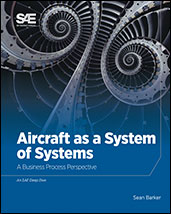Technical Paper
Additional Comparison of Ice Shapes on Full-Chord and Truncated Swept Wing Models from January 2022
2023-06-15
2023-01-1387
A research program was conducted to evaluate the effectiveness of icing tunnel hybrid model design. A hybrid design is where the full-scale leading edge of a wing section is maintained only to a certain percentage of the local chord, while the aft section of the model is redesigned into a shortened or truncated planform. An initial study was conducted in 2020 where the ice shape geometries on a full-chord length version of the swept CRM65 wing model were compared to those from the hybrid version of CRM65 that were obtained in the NASA Icing Research Tunnel in 2015. The results were reported in a 2021 paper. For most test conditions, the overall size and shape of the ice shapes compared well. However, the ice shapes from the full-chord model were generally slightly smaller than those from the hybrid model.

